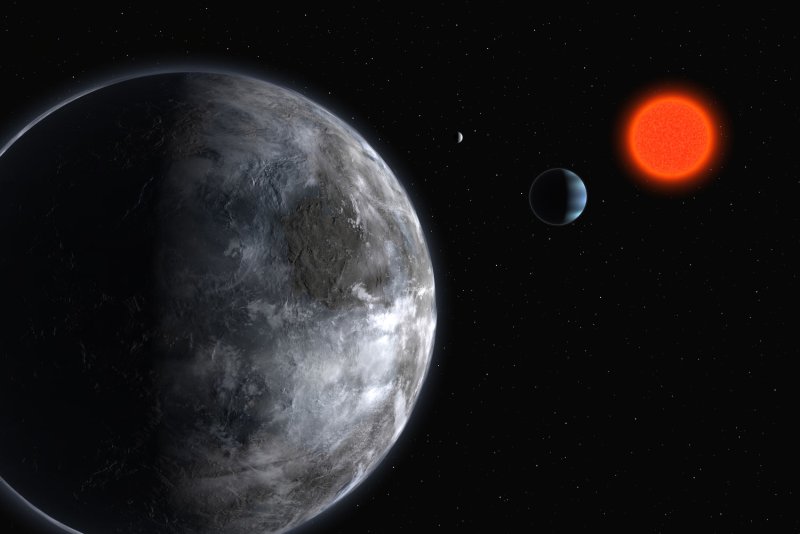WASHINGTON, June 10 (UPI) -- Increasingly, scientists are discovering that life is capable of enduring even more extreme conditions that previously thought.
Accordingly, NASA is looking to relax some limits placed on planets being considered as hospitable to life.















